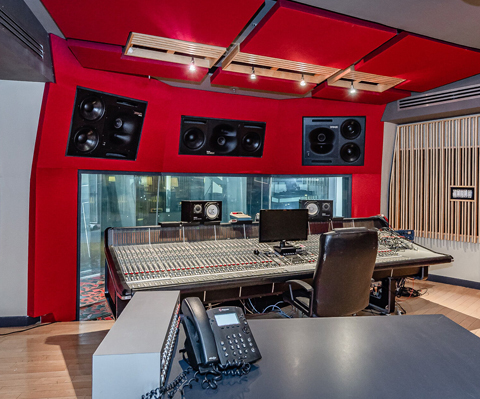Audio restoration technology has come a long way over the years, from simple crackle removal to complex algorithms that can revive even the most damaged recordings. This article will explore the evolution of audio restoration technology, from its humble beginnings to the cutting-edge solutions available today.

The Early Days of Audio Restoration
Before the digital age, audio restoration was a labor-intensive process that involved manually removing scratches, pops, and other imperfections from recordings. This was often done using specialized equipment like de-clickers and de-cracklers, which were able to reduce some of the noise present in analog recordings.
Tools Used in Early Audio Restoration
- De-clickers: Used to remove clicks and pops caused by dust and scratches on vinyl records.
- De-cracklers: Designed to reduce crackling noise that could be present on older recordings.
- Equalizers: Used to adjust the frequency response of recordings and remove unwanted noise.
The Rise of Digital Audio Restoration
With the advent of digital technology, audio restoration became much more advanced and accessible to a wider audience. Software programs like Adobe Audition, iZotope RX, and Cedar Studio revolutionized the industry by offering powerful tools for removing noise, restoring dynamics, and enhancing the overall quality of recordings.
Advancements in Digital Audio Restoration
- Noise reduction algorithms: Able to intelligently identify and remove unwanted noise from recordings.
- De-esser tools: Used to reduce sibilance and harsh frequencies in vocal recordings.
- Reverb removal: Algorithms that can isolate and remove unwanted reverb from recordings.
The Latest Innovations in Audio Restoration
As technology continues to evolve, so too does audio restoration technology. Today, we have access to cutting-edge solutions that can tackle even the most challenging restoration projects with ease. Machine learning algorithms, AI-powered tools, and cloud-based processing have elevated the field of audio restoration to new heights.
Current Trends in Audio Restoration
- Machine learning algorithms: Capable of learning and adapting to different types of audio imperfections.
- AI-powered tools: Able to analyze and process audio data more efficiently than ever before.
- Cloud-based processing: Allows for faster and more scalable audio restoration workflows.
The Future of Audio Restoration
Looking ahead, the future of audio restoration looks promising. With advancements in technology accelerating at a rapid pace, we can expect even more sophisticated tools and techniques to emerge in the coming years. From real-time processing to automatic audio repair, the possibilities are endless.
Potential Future Developments
- Real-time audio restoration: Tools that can instantly clean up audio as it is being recorded.
- Automatic audio repair: Algorithms that can identify and repair audio imperfections without manual intervention.
- Virtual reality audio restoration: Solutions tailored for immersive audio experiences in VR and AR environments.
Audio restoration technology has come a long way since its early days, and the future looks brighter than ever. With the power of modern tools and innovative techniques, we can preserve and restore audio recordings for future generations to enjoy.